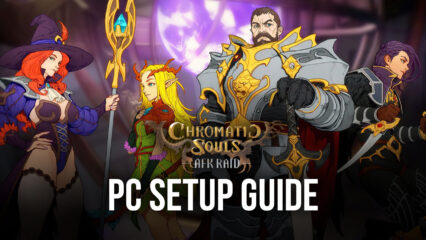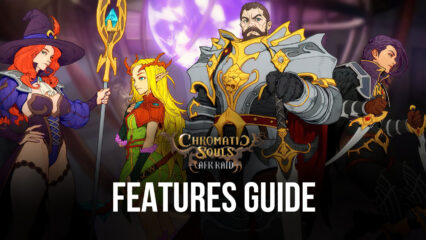The Top Chromatic Souls: AFK Raid Tips and Tricks to Begin on the Right Track
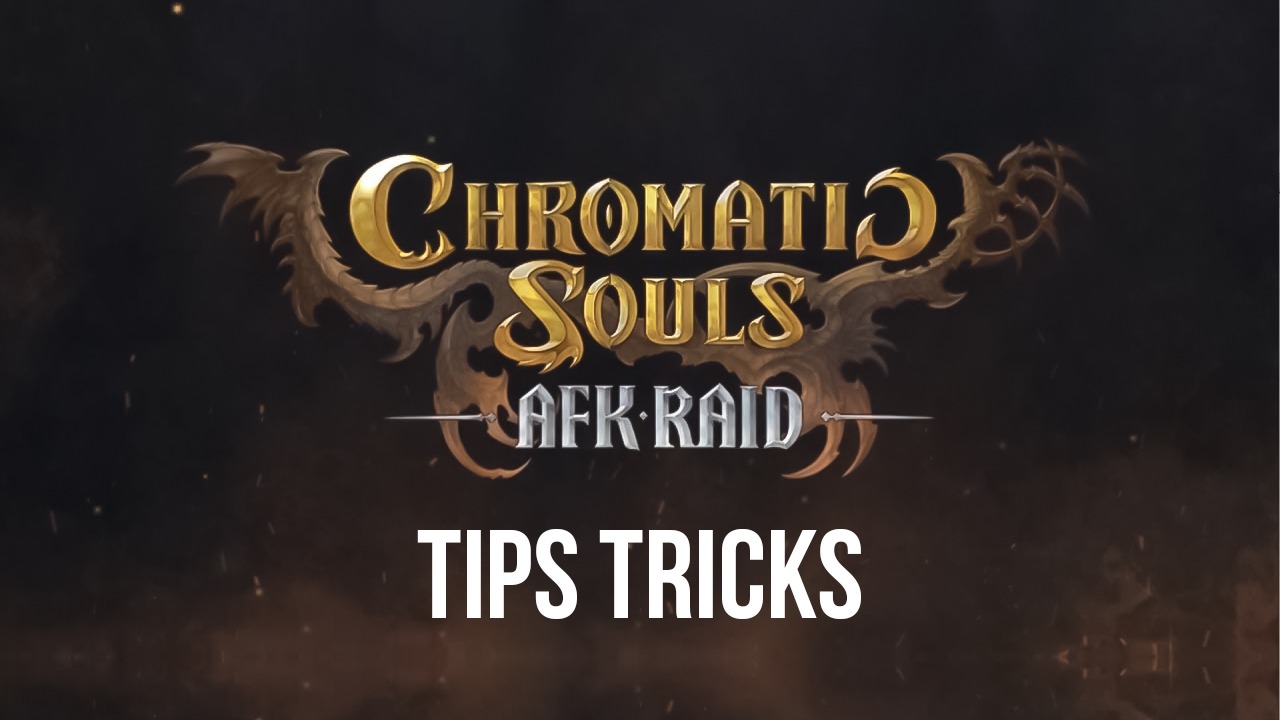
Chromatic Souls: AFK Raid is the brand new idle RPG released by the team at Com2Us, the creators of other notable mobile games, including the popular Summoners war. This time around, they have brought us, like its name implies, a game rife with automation features designed to appeal to both casual and hardcore gamers alike.
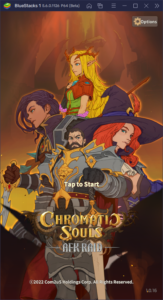
Chromatic Souls lets us choose between four different classes, and then sets us loose to explore a variety of stages of increasing difficulty as our characters grind, farm, and fight in our stead, collecting countless different resources that can be used for upgrading their strength, in turn letting us tackle even greater challenges as we progress. Like with many other games in the genre, Chromatic Souls is a very hands-off experience, as most of the heavy lifting is done automatically—all you need to do is keep your characters upgraded and point them to the right direction, and then sit back while they destroy everything in their path.
Even though it’s quite simple to grasp and play, there are a few things to consider when it comes to optimizing your gameplay and progress in Chromatic Souls. And in this guide, we’ll be giving you a brief overview of some of the best tips, tricks, and strategies for this game.
Choosing the Right Class
As mentioned above, Chromatic Souls: AFK Raid lets us choose from four different classes at the beginning that, to put it simply, are relatively balanced. However, even though most of these classes are viable, there are still some that are better than others. Here’s a quick breakdown of the four available classes in the game:
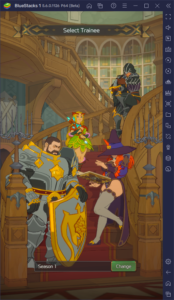
- Mage: Specializes in raining devastation on the enemy with her powerful spells. Her main strength lies in dealing with large groups of lesser enemies with her AoE damage, though she’s somewhat lacking in single-target burst damage.
- Knight: A stalwart defender, with skills to attract the enemy’s attention and keep them focused on him, to protect his allies from harm. The Knight features powerful defenses and a large HP pool to weather even the most brutal attacks.
- Druid: The healer of the group, with skills to both restore her allies’ HP, as well as to buff their combat skills with a variety of beneficial effects.
- Rogue: A class that focuses on dealing as much damage as possible to single targets, making him an ideal candidate for engaging against tough bosses.
While each of these classes has its own strengths and can shine in its own respective aspects, we recommend choosing either the Mage or the Knight as your starter class. Both of these are the ones that can shine the best in solo content: The Mage with her powerful AoE skills is an asset for general gameplay, while the Knight’s great defenses and tanking abilities make him a quintessential aspect of any group. Meanwhile, while the Druid is great support, she will struggle when fighting on her own. Similarly, the Rogue can dish out tons of damage to bosses but will have a harder time dealing with individual enemies.
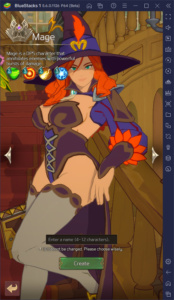
Nevertheless, at the end of the day, you really won’t have to worry about making a wrong choice here, particularly since you can always recruit adventurers to round out your team, regardless of your starting class.
Upgrade Your Gear as Much as Possible
Arguably more important than your initial class choice is how you equip and upgrade your characters throughout your adventures. Keeping your character properly upgraded is the best way to prepare them for any challenge that they will encounter along the way. And one of the best ways to do so is by not only equipping them with the best gear that you can find but also to enhance this gear to its best possible state at all times.
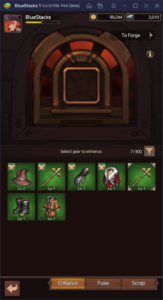
To enhance gear, you first need to unlock the refinery, which is done fairly early into the game by progressing through the main story. Once you have the refinery up and running, you can use this building to enhance your current pieces of gear by using iron ore, an item that you can obtain from completing quests as well as from scrapping unwanted pieces of equipment. You can upgrade each piece until its level cap, after which you’ll need to fuse them to continue enhancing their stats.
Speaking of fusion, this is a process performed in the refinery to improve the strength of a piece of gear by fusing it with other identical pieces. For example, if you have two Adventurer’s Staff +10, you can fuse them to obtain an Adventurer’s Staff with its upgrade reset to 0, but with better stats than the items used in the fusion. This is the absolute best way to power up your character, though it’s also quite costly since you need to get duplicates of the things you want to upgrade. Alternatively, you can also use enhanced powders instead of duplicates, though these are often hard to find.
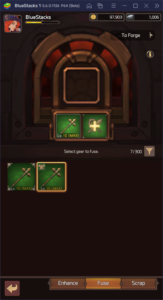
Keep in mind that you can also craft new pieces of gear in the forge, though this carries its own material requirements. Nevertheless, both crafting and enhancing gear is at the core of your character’s strength, and you’ll need to become familiar with both in order to advance.
Enhance Your Skills to Improve Effectiveness in Combat
While upgrading your gear will increase your character’s base stats, improving their performance in general, upgrading their skills will give them a much more direct boost by essentially letting them do more damage or heal more HP on every turn.
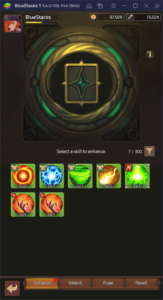
Throughout your adventures, your characters will pick up a variety of skills, which can be swapped freely according to your needs. These skills, however, can be improved in a variety of ways through the Skill Lab facility, which you unlock by progressing through the main campaign. In this building, you can perform four types of skill improvements:
- Skill Enhance: Uses skill scrolls to improve a skill’s level, increasing the potency of its effects permanently.
- Skill Inherit: Lets you transfer the level of an existing skill to another skill. This is useful for when you unlock a new skill and want to swap it for one that is currently in your kit, so that you can get it up to speed without having to grind it manually.
- Skill Fusion: Similar to gear fusion, in the sense that, by fusing two identical skills of the same grade, you can reset its upgrade level to 0, while permanently boosting its stats.
- Skill Reset: While not technically an upgrade, this is a way to retrieve the materials used to upgrade a specific skill, so that you can use them on another. This process resets the skill back to level 1, but gives you back all the materials that were used to enhance it originally.
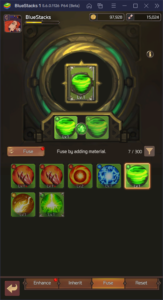
Invest Your Talent Points Wisely
Yet another way to boost your hero’s abilities in combat is through the Talents feature which, as you may have guessed already, is unlocked through progressing through the main story.
Every time your character levels up, they will receive a set amount of talent points, which can be used in the Talents section of the character menu to unlock a variety of stat upgrades. These upgrades are important since they can customize your character’s focus, essentially letting them adopt different roles depending on their “build”. For instance, you could invest in offensive attributes as a Druid and turn your hero into somewhat of a combat healer. Alternatively, you could boost the critical rate of your Mage and make her even better at blowing up hordes of enemies.
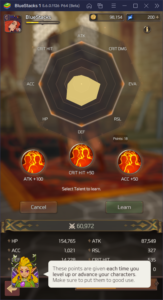
However, you need to be smart about using your talent points since you only get a set amount of them. Speaking of which, in order to get more talent points, you can either level up, or “Advance” your hero. While the former is pretty self-explanatory, the latter revolves around completing certain prerequisites in order to advance your class to a higher grade, which grants you many different perks, including scoring extra talent points to customize your character even further. Moreover, by advancing in grade, you can also obtain “Special Talents”, which instead of mere stat boosts, consist of powerful passive effects. These are more than worth the trouble of getting them.
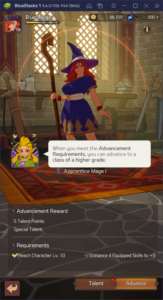
Whenever you’re stuck and don’t know how to continue advancing your character, feel free to swing by the “Advance” menu to see the tasks that you need to complete in order to progress to the next grade. It’s worth pointing out, however, that you can advance your character only once every 10 levels.
Arrange Your Skills to Exploit Enemy Weaknesses
There are six different elements in Chromatic Souls: Fire, Lightning, Earth, Water, Holy, and Dark. The enemies in this game can have elemental affinities, which means that they are both weak against one element, but strong against another. Moreover, your skills also have elemental affinities, which means that you can equip specific skills for certain battles in order to exploit the elemental weaknesses of an enemy, potentially giving you the extra push needed to defeat the tougher bosses in the game.
Here’s a quick breakdown of the elemental matchups in Chromatic Souls:
- Fire defeats Lightning
- Lightning defeats Water
- Water defeats Earth
- Earth Defeats Fire
- Holy and Dark are separate from the other four elements, and deal increased damage to one another.
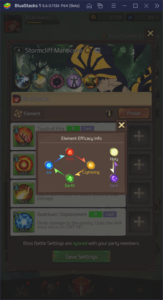
Simply put, while you can upgrade your characters to enhance their effectiveness in combat, another way to improve your success that doesn’t have anything to do with your character’s stats is by understanding and exploiting the elemental matchup system in Chromatic Souls.



